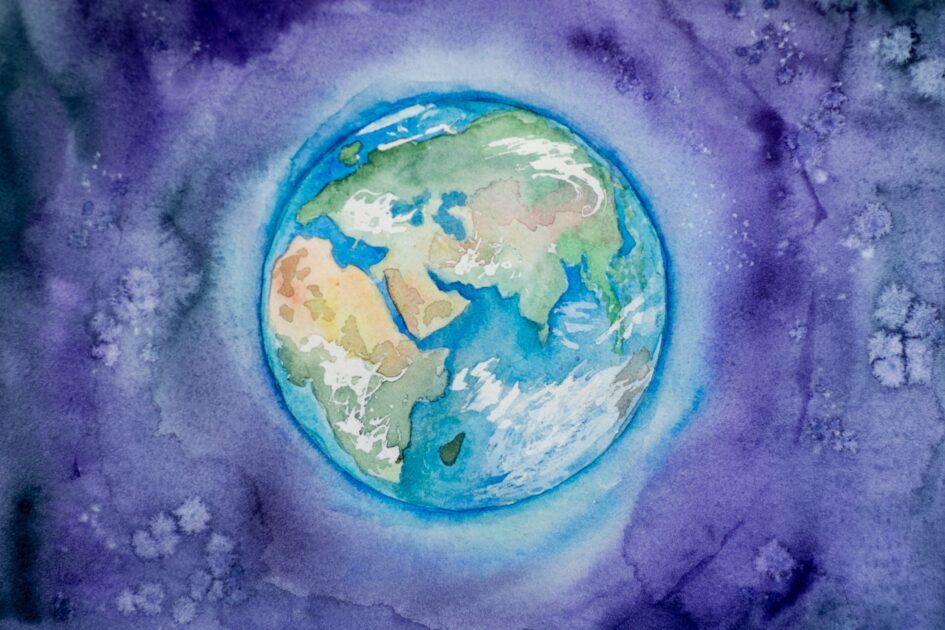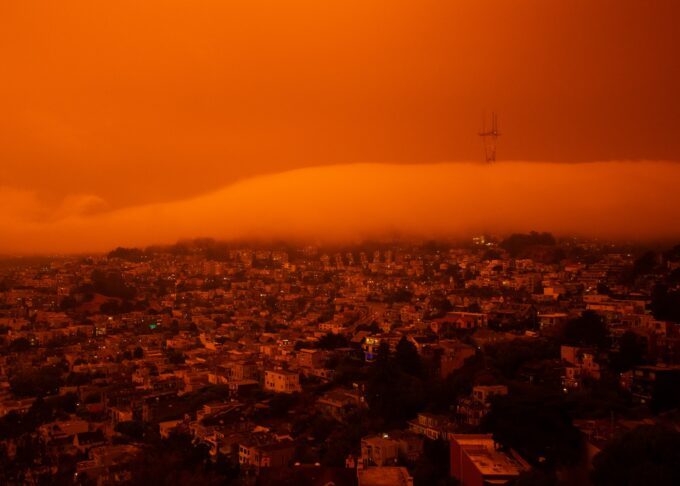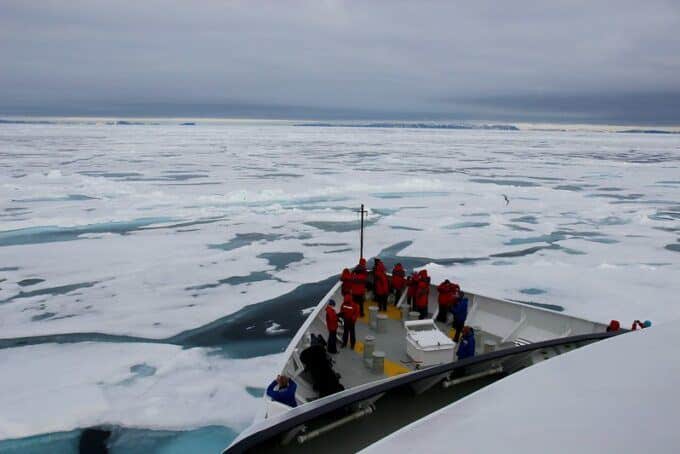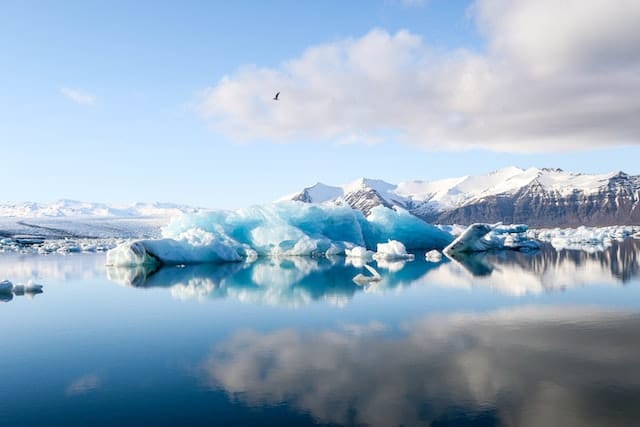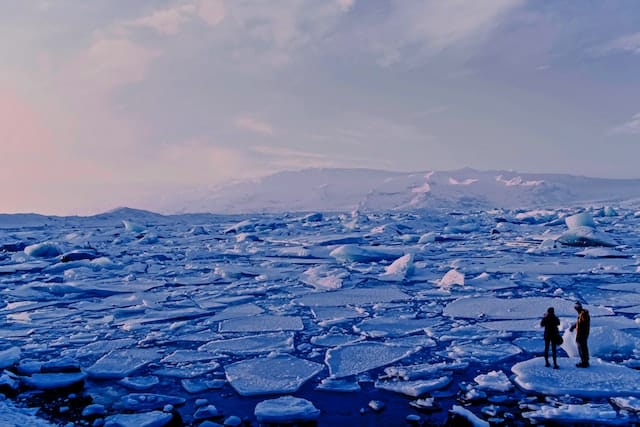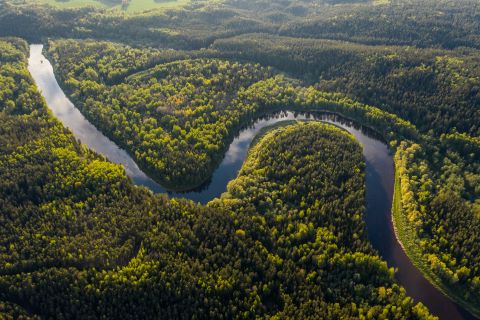
Fukushima’s Toxic Dumping Flashpoint
By Robert Hunziker
“We must remind Japan that if the radioactive nuclear wastewater is safe, just dump it in Tokyo, test it in Paris and store it in Washington, but keep our Pacific nuclear-free.” (Vanuatu’s celebrated former ‘Turaga Chief’ Motarilavoa Hilda Lini)
In the face of considerable worldwide criticism, TEPCO is moving ahead with its well-advertised plans to dump contaminated water from storage tanks at the Fukushima-Daiichi Nuclear Power Plant disaster zone into the Pacific Ocean. They are running out of storage space and the Pacific Ocean is conveniently right next door.
The Japanese government is courting trouble, as a contracting party to: (1) the United Nations Convention on the Law of the Sea (2) the Convention on Early Notification of a Nuclear Accident, and (3) the Convention on Nuclear Safety, Japan has knowingly violated all three conventions by making the decision to dump contaminated water into the Pacific Ocean.
TEPCO’s toxic dumping scheme is opposed by some scientists as well as some of the world’s most highly regarded marine laboratories, e.g., the U.S. National Association of Marine Laboratories, with over 100 member laboratories, has issued a position paper strongly opposing the toxic dumping because of a lack of adequate and accurate scientific data in support of Japan’s assertions of safety.
The position paper: “We urge the government of Japan to stop pursing their planned and precedent-setting release of the radioactively contaminated water into the Pacific Ocean and to work with the broader scientific community to pursue other approaches that protect ocean life; human health; and those communities who depend on ecologically, economically, and culturally valuable marine resources.” (Source: U.S. Marine Labs Call for Stop to Fukushima Dumping Plans for Pacific, Pacific Island Times, Dec. 20, 2022)
Furthermore, Marine Laboratories agrees with the Pacific Island Forum’s suggestion that TEPCO look at options other than discharge. The toxic dumping plan has already put Japan at risk of losing its status as a Pacific Islands Forum Dialogue Partner. There are 21 partners, including the US, China, the UK, France, and the EU. According to Secretary General Henry Puna, the Forum has persistently requested Japan to share pivotal data, which has not been forthcoming: “In fact, we are very serious, and we will take all options to get Japan to at least cooperate with us by releasing the information that our technical experts are asking of them.” (Source: Pacific Island Forum Could Sideline Japan Over Nuclear Waste Plan, RNZ Pacific, January 12, 2023)
Japan’s Nuclear Regulation Authority has endorsed the dumping plan. No surprise there. Also unsurprisingly, the International Atomic Energy Agency (IAEA), the marketing arm for nuclear power, claims the dumping proposal is safe. Effective December 29, 2022, IAEA released an extensive report that details how the process will be monitored by independent entities, not to worry, uh-uh.
TEPCO generates 100 cubic metres of contaminated water per day, a mixture of groundwater, seawater, and water that cools the reactors. It is filtered for “the most radioactive isotopes” and stored in above-ground water tanks, but authorities admit that the level of tritium is above standards. It is almost impossible to remove tritium from water. TEPCO claims it is “only harmful to humans in large doses.” But who’s measuring?
According to TEPCO: “After treatment the levels of most radioactive particles meet the national standard.” However, the statement that most radioactive particles meet the national standard is not reassuring. And furthermore, why should anybody anywhere in the world be permitted to discharge large quantities of contaminated water that’s been filtered for ‘most radioactive particles’ directly from a broken-down nuclear power plant into the ocean under any circumstances?
But storage space is running out and the ocean is readily available as a very convenient garbage dump. Well, yes, but maybe find more storage space… on land… in Japan!
According to a Japanese anti-nuclear campaign group, the contaminated water dumping scheme violates the Convention on the Prevention of Marine Pollution as well as the UN Convention on the Law of the Seas. Their opposition is endorsed by the National Fisheries Cooperative Federation of Japan. In September 2022, 42,000 people signed a joint petition delivered to TEPCO and Japan’s Ministry of Economy demanding other solutions to the toxic water dumping plans. According to national broadcasting firm NHK, 51% of Japanese respondents oppose the dumping plan. And a survey by Asahi Shimbun claims 55% of the public opposes the dumping.
A Greenpeace East Asia press release d/d April 28, 2021, says; “According to the latest report by the Japanese government, there are 62 radioactive isotopes found in the existing nuclear water tanks in Fukushima, among which concentration of a radionuclide called tritium reached about 860 TBq (terabecquerel) – an alarming level that far exceeds the acceptable norm.”
China’s Xinhua News Agency claims: “TEPCO believes that tritium normally remains in the wastewater at ordinary nuclear power stations, therefore it is safe to discharge tritium-contaminated water. Experts say TEPCO is trying to confuse the concept of the wastewater that meets international standards during normal operation of nuclear power plants with that of the complex nuclear-contaminated water produced after the core meltdowns at the wrecked Fukushima power plant. The actual results of ALPS (Advanced Liquid Processing System) are not as ideal as TEPCO claims. Japanese media have found that in addition to tritium, there are a variety of radioactive substances in the Fukushima nuclear wastewater that exceed the standard. TEPCO has also admitted that about 70 percent of the water treated by ALPS contains radionuclides other than tritium at the concentration which exceeds legally required standards and requires filtration again.” (Source: World Insights: Japan Extremely Selfish to insist on Discharging Nuclear Wastewater into Sea, Xinhua, August 10, 2022)
According to Hiroyuki Uchida, mayor of Iwaki, Fukushima Prefecture, despite strengthened information about the toxic dumping by TEPCO and the government of Japan, the discharge plan has not gained “full understanding of citizens and fishery stakeholders.” (Source: Japanese Public Opposes Plan to Dump Radioactive Water into Sea, Asia & Pacific by Xinhau, January 15, 2023)
Rhea Moss-Christian, executive director of the Western and Central Pacific Fisheries Commission, aka: the Pacific Tuna Commission said: “It’s a real concern and I just wish they would take a bit of time to think more carefully about this… this is a massive release and a big, big potential disaster if it’s not handled properly… There are a number of outstanding questions that have yet to be fully answered. They have focused a lot on one radionuclide and not very much on others that are also present in the wastewater.” (Source: Hiroshima Survivor Pleads for Halt of Radioactive Waste Dump in Pacific Ocean, INA Pacific News Service, December 20, 2022)
Greenpeace/Japan on TEPCO dumping: “The Japanese government has once again failed the people of Fukushima. The government has taken the wholly unjustified decision to deliberately contaminate the Pacific Ocean with radioactive wastes. It has discounted the radiation risks and turned its back on the clear evidence that sufficient storage capacity is available on the nuclear site as well as in surrounding districts.[2] Rather than using the best available technology to minimize radiation hazards by storing and processing the water over the long term, they have opted for the cheapest option [3], dumping the water into the Pacific Ocean… Since 2012, Greenpeace has proactively campaigned against plans to discharge Fukushima contaminated water – submitting technical analysis to UN agencies, holding seminars with local residents of Fukushima with other NGOs, and petitioning against the discharges and submitted to relevant Japanese government bodies.” (Source: Greenpeace Press Release, April 13, 2021)
Addressing the U.N. General Assembly on September 22nd, 2022, President David Panuelo of Micronesia stated: “We cannot close our eyes to the unimaginable threats of nuclear contamination, marine pollution, and eventual destruction of the Blue Pacific Continent. The impacts of this decision are both transboundary and intergenerational in nature.”
In April 2021 Japan’s Deputy Prime Minister (serving from 2012-to-2021) Tarō Asō publicly stated that the treated and diluted water “will be safe to drink.” In response to Deputy PM Asō, Chinese Foreign Minister Lijian Zhao replied: “The ocean is not Japan’s trashcan” and furthermore, since Japan claims it’s safe to drink, “then drink it!” (Source: China to Japan: If Treated Radioactive Water from Fukushima is Safe, ‘Please Drink It’ Washington Post, April 15, 2021)
Mr. Zhao may have stumbled upon the best solution to international concerns about TEPCO (Tokyo Electric Power Company) dumping contaminated water into the Pacific Ocean. Instead, TEPCO should remove it from the storage tanks at Fukushima Daiichi Nuclear Power Station and deliver it to Japan’s water reservoirs. After all, they publicly claimed it’s “safe to drink.” Japan has approximately 100,000 dams of which roughly 3,000 are reservoirs over 15 meters (50’) height. For example, one of the largest drinking water reservoirs in Japan is Ogouchi Reservoir, which holds 189 million tons of drinking water for Tokyo.
Robert Hunziker is a freelance writer and environmental journalist whose articles have been translated into foreign languages and published in over 50 journals, magazines and sites worldwide.
This article was originally published on January 20, 2023 © Counterpunch
Robert Hunziker lives in Los Angeles and can be reached at rlhunziker@gmail.com.

